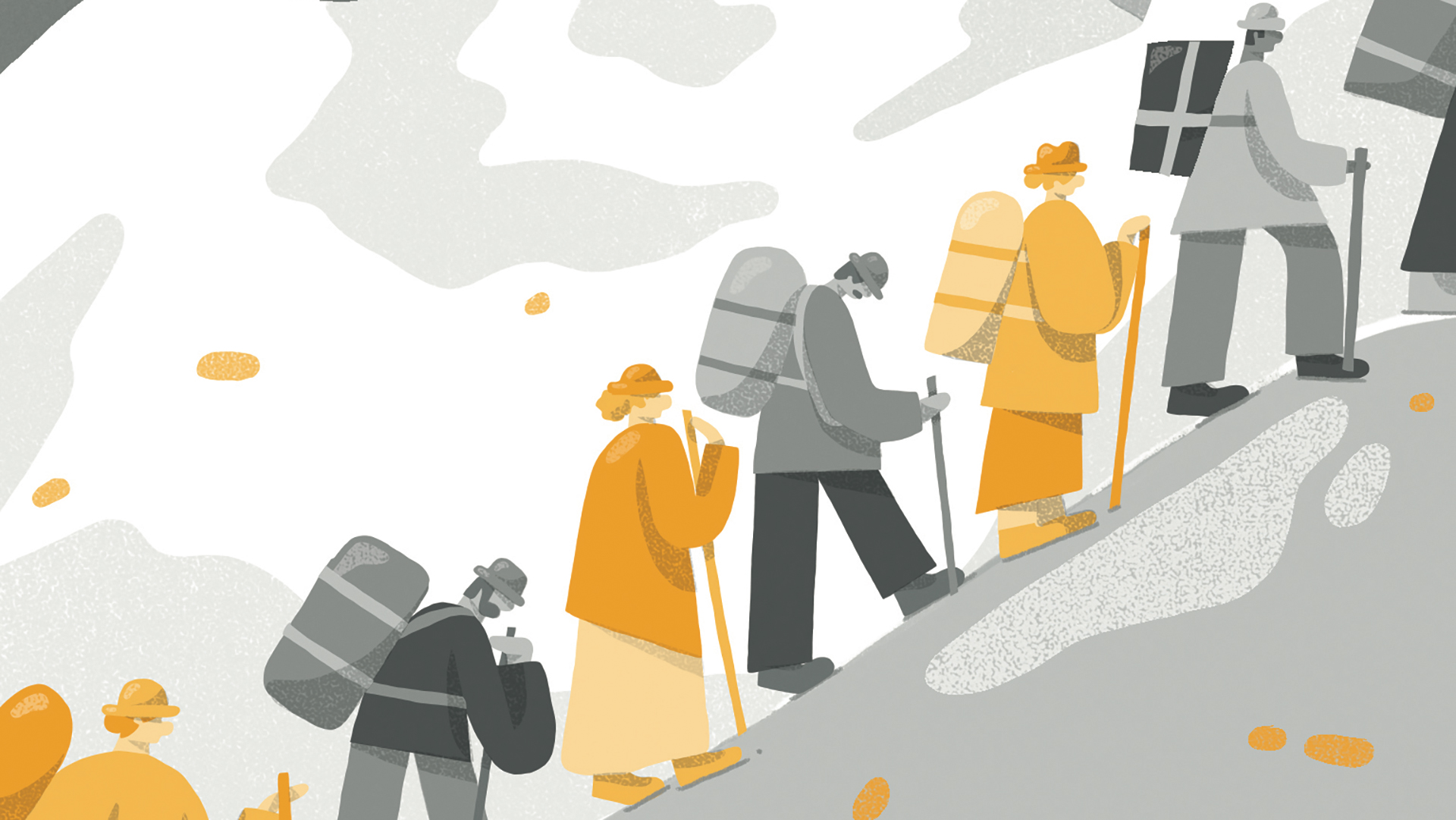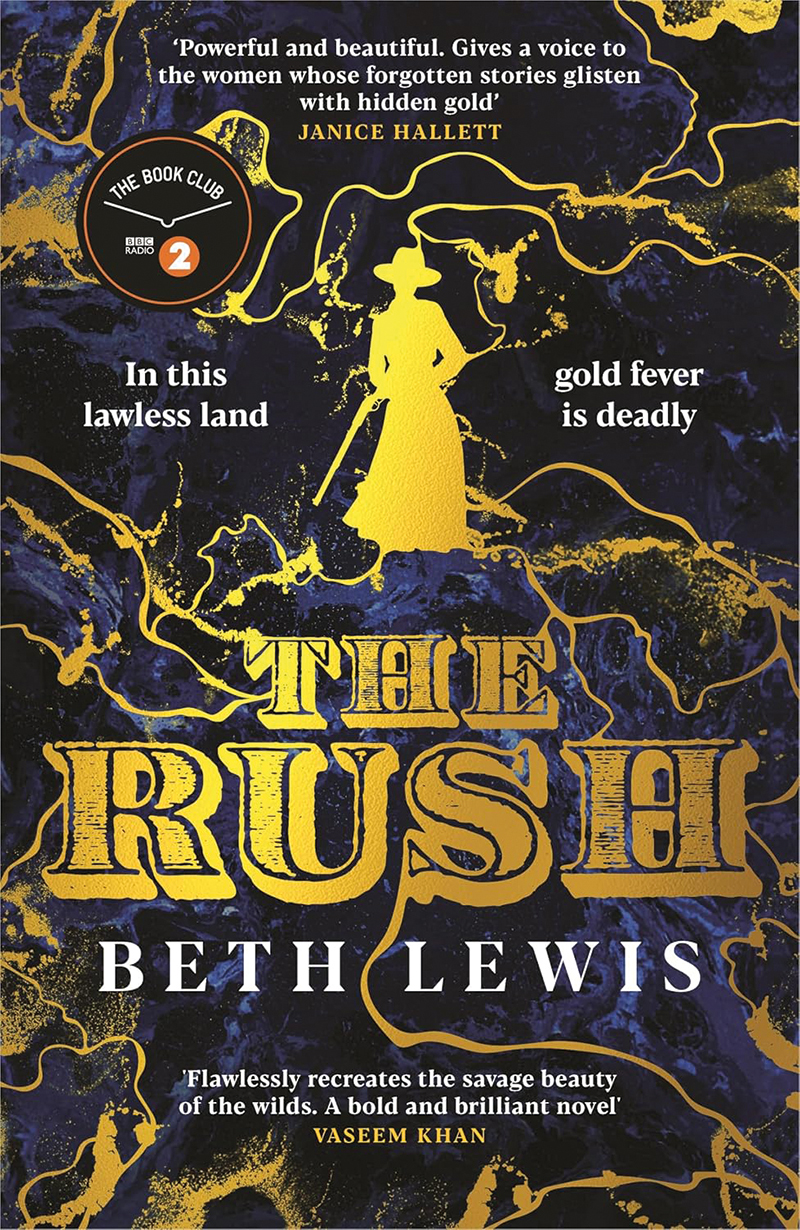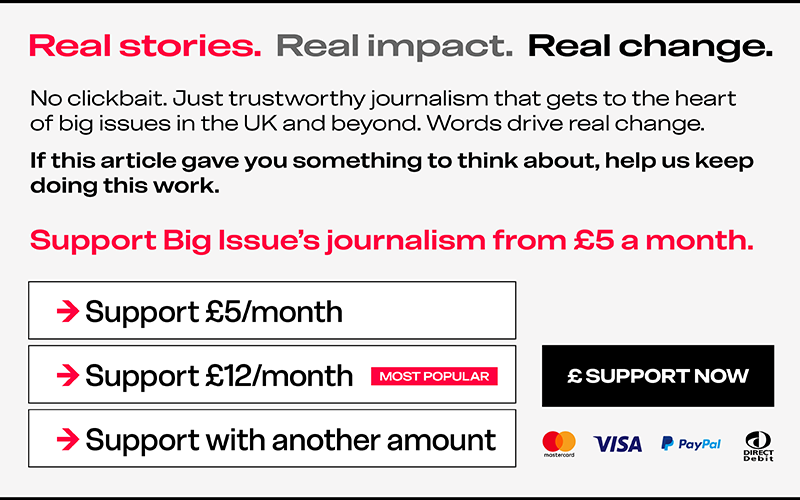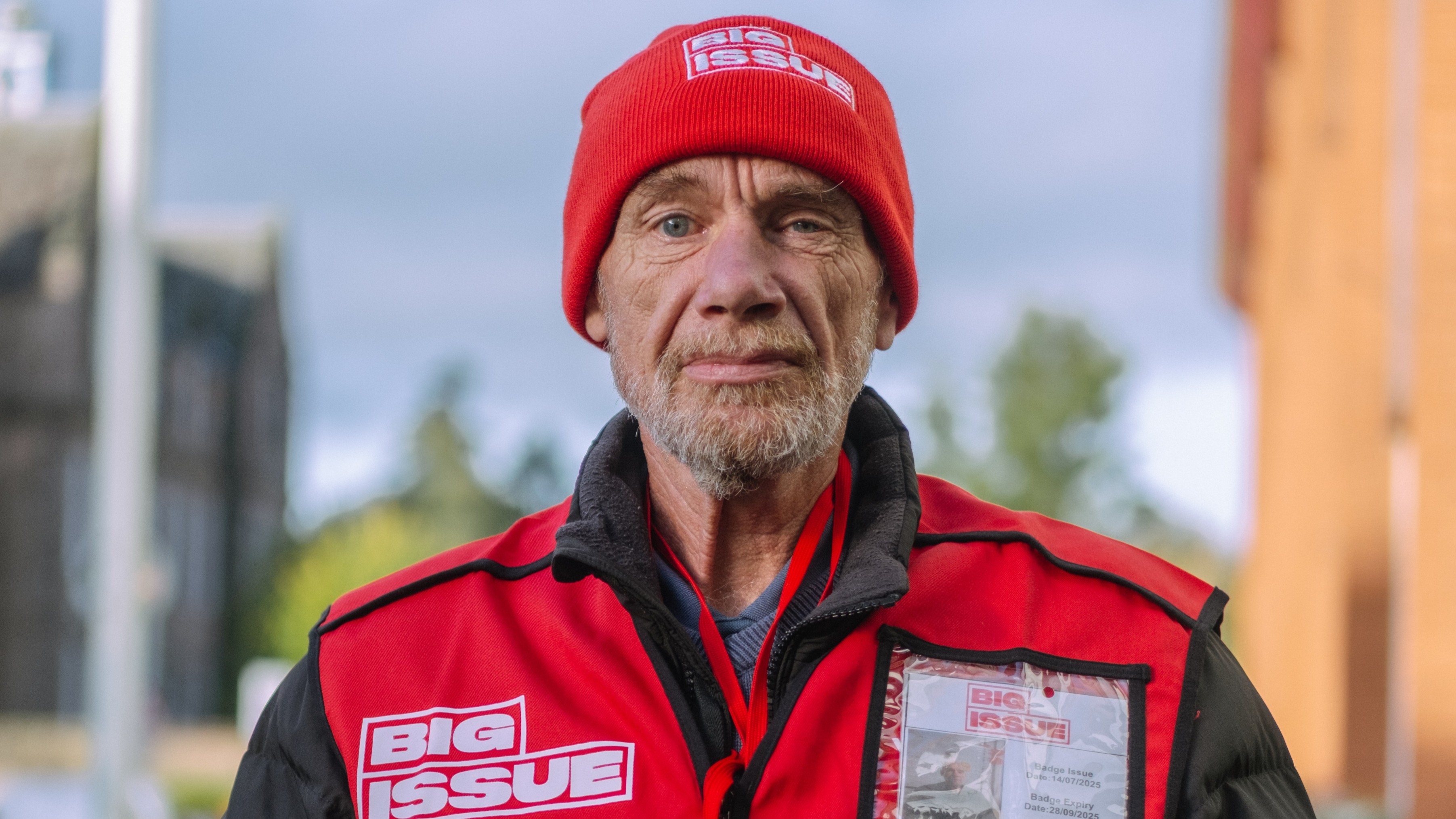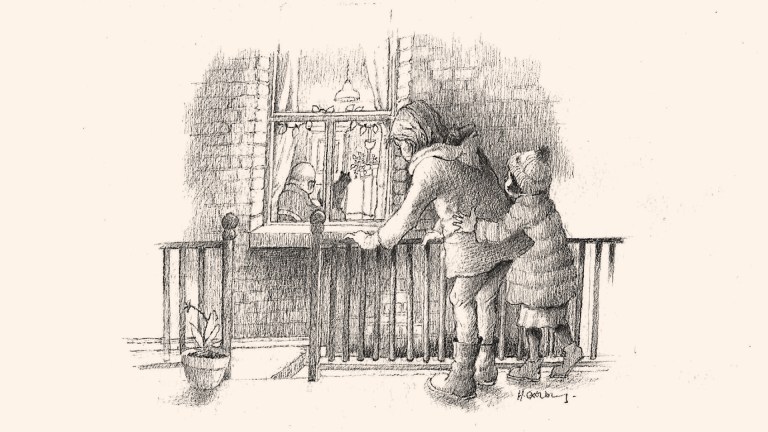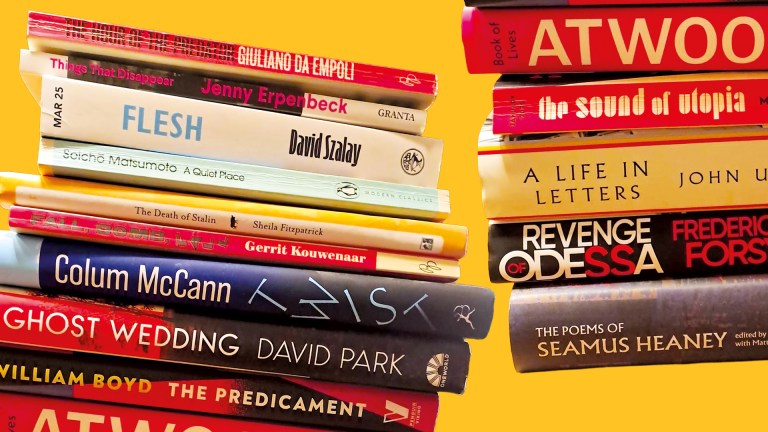When you mention the Gold Rush, often the first images that come to mind are of grizzled, bearded men holding up a nugget of gold, proclaiming riches. It certainly was for me.
These seismic periods in North American history were far more layered and human than the movies suggest, though like the movies, they are often dominated by the narratives of the men. I, however, have always been more fascinated by the stories of the women who survived, and thrived, at the edge of civilisation alongside these men.
My novel The Rush is a story of those women of the Klondike Gold Rush. Three women from different walks of life find their lives, fates and fortunes intertwined by the tragic murder of a fourth and try to discover what happened to her while battling the desperate, dangerous men who would do anything for a glimpse of gold.
Get the latest news and insight into how the Big Issue magazine is made by signing up for the Inside Big Issue newsletter
Around 100,000 ‘stampeders’ attempted the 600km journey to the gold fields in the Yukon, of which around 10 to 15% were women. It was a man’s world and the women were often dragged along by their husbands or went there thinking they could make a decent living in the hotels and dance halls. Some, however, went for the gold.
In The Rush, I tell the story of three women who are all based on real women of the time. Firstly, there is fiery, determined Kate Kelly. She is travelling the treacherous gold trail looking for her missing sister. She is based on Emma Kelly, a journalist born in 1873 who travelled to the gold fields to report on the conditions and realities of the Gold Rush.
